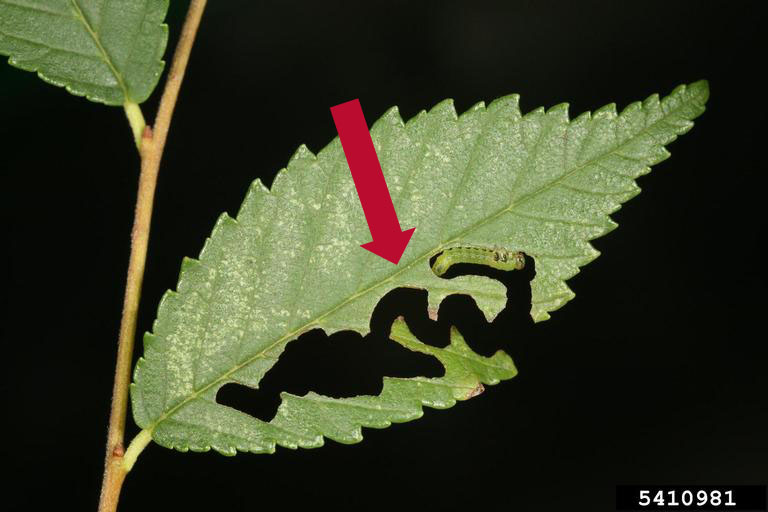A frightening report of “mad cow disease” dangers
has reared its ugly head again. This time, the feared carrier
is candy.
New York City health officials began investigating sales of
Mamba fruit chew candy. The distributor of the Mamba fruit chews
insists it poses no health risks, even though it contains a
beef-based
gelatin.
The company, Storck U.S.A., reports no plans to change the
ingredients of the Mamba sold in the United States.
No BSE in USA
“The most important point to remember is that bovine
spongiform encephalopathy (BSE), widely known as mad cow disease,
has never been found in the United States,” said Ronnie Silcox,
an animal scientist with the University of Georgia College of
Agricultural and Environmental Sciences.
Silcox said the United States guards against the disease.
“We don’t import live cattle or beef from countries with reported
cases,” he said.
BSE, a chronic, degenerative disease affecting the central
nervous system of cattle, has been widely diagnosed in
Europe.
The Centers for Disease Control and Prevention report more
than 178,000 worldwide cases since BSE was first diagnosed in
1986 in Great Britain.
The disease has also been confirmed in native-born cattle in
12 other European countries. But more than 95 percent of all BSE
cases have been in the United Kingdom.
Animals suffering from BSE display a range of symptoms, from
nervousness to a loss of coordination. There is no treatment,
and infected cattle die.
Non-Threat In Texas
Another U.S. BSE scare came out of a Texas feedlot last week.
Some meat and bone meal got mixed in with the cattle feed.
“We’ve had a ban on using ruminant meat and bone meal in cattle
feed since 1997,” Silcox said.
“The feed company that did it reported the problem
immediately and voluntarily issued a recall,” he said. “The
cattle were quarantined, and the feed company bought the cattle
from the people who had used it.”
Scientists believe BSE was spread in the United Kingdom when
farmers fed ruminant by-products and protein sources to
cattle.
Important Safeguards
“Even though we’ve never had BSE in the United States,
we ban the practice so if BSE ever did show up, we would be ahead
of the game to prevent the spread here,” Silcox said.
“The U.S. beef and dairy industries are doing everything
possible to prevent BSE here,” he said. “If the cattle
did eat the feed, the chances that there would be a problem are
minuscule. We just want to do what we can to keep this from
becoming a problem in this country.”
Human Form
While the BSE epidemic is waning in the United Kingdom, it
leaves in its wake dozens of cases of human Creutzfeldt-Jakob
disease. CDC reports pin the most likely cause on the consumption
of beef products contaminated by central nervous system
tissue.
There have been only 10 to 15 cases a year since it first
appeared
in 1994. But no one can predict its future magnitude or
spread.
“There is classical or sporadic CJD that occurs
worldwide.
But then there is this specific outbreak of 88 cases of a deviant
form. The British Board of Health feels it comes from eating meat
products of infected cows and probably from eating brain or
spinal
tissue,” Silcox said.
“In the process of deboning meat, some spinal tissue can
get mixed into sausage and other processed meats,” he said.
“We don’t think that skeletal meat or milk would cause a
problem even from infected cattle.”




